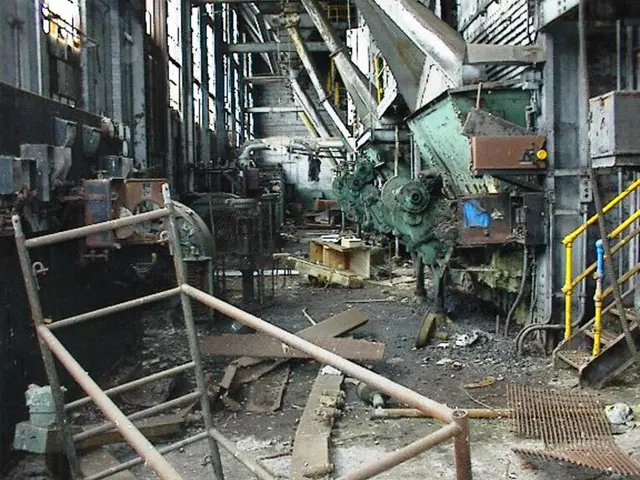Global Manufacturing Shifts to South East Asia Amid US Tariffs and China's Wage Hike
The global manufacturing landscape is shifting due to several factors. The US tariff policy is complicating the outlook for South East Asia, with Vietnam facing high tariff rates. Meanwhile, long-term demographic shifts present opportunities for investment in workforce development in sub-Saharan Africa. Manufacturing wages in China have doubled, opening doors for competition from other countries.
Vietnam, despite the tariff challenges, remains a top performer in South East Asia, ranking 13th globally in labour cost competitiveness and human capital availability. However, India lags behind its counterparts, ranking 72nd globally. Other high-ranking South East Asian countries include Indonesia (17th), the Philippines (28th), Thailand (31st), and Malaysia (35th).
The 'China plus one' strategy has led companies to diversify their investment locations, benefiting South East Asia. Competitive labour costs and talent availability make it the most attractive region for foreign investment in manufacturing. Locations in the Americas and central and eastern Europe, such as Mexico, Romania, Bulgaria, Poland, and Hungary, have also benefited from these supply chain shifts.
The US tariff policy and China's wage increases are driving global manufacturing shifts. South East Asia, with its competitive labour costs and talent availability, is emerging as a top destination. However, long-term demographic shifts present opportunities for investment in workforce development in sub-Saharan Africa, despite current educational gaps.
Read also:
- Ford Embraces Silicon Valley Approach, Introducing Affordable Mid-Sized Truck and Shared Platform
- BMW's Spartanburg Plant to Go All-EV by 2030 with $1.7B Investment
- Involvement of the Commission extends to the execution of the program.
- Government agency DPIIT teams up with Ather Energy, a rival of ride-hailing giant Ola, to bolster the electric vehicle manufacturing infrastructure







